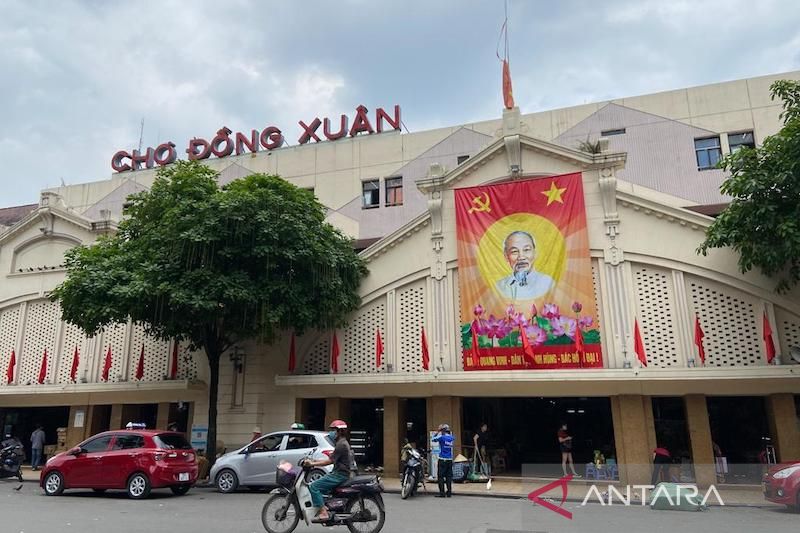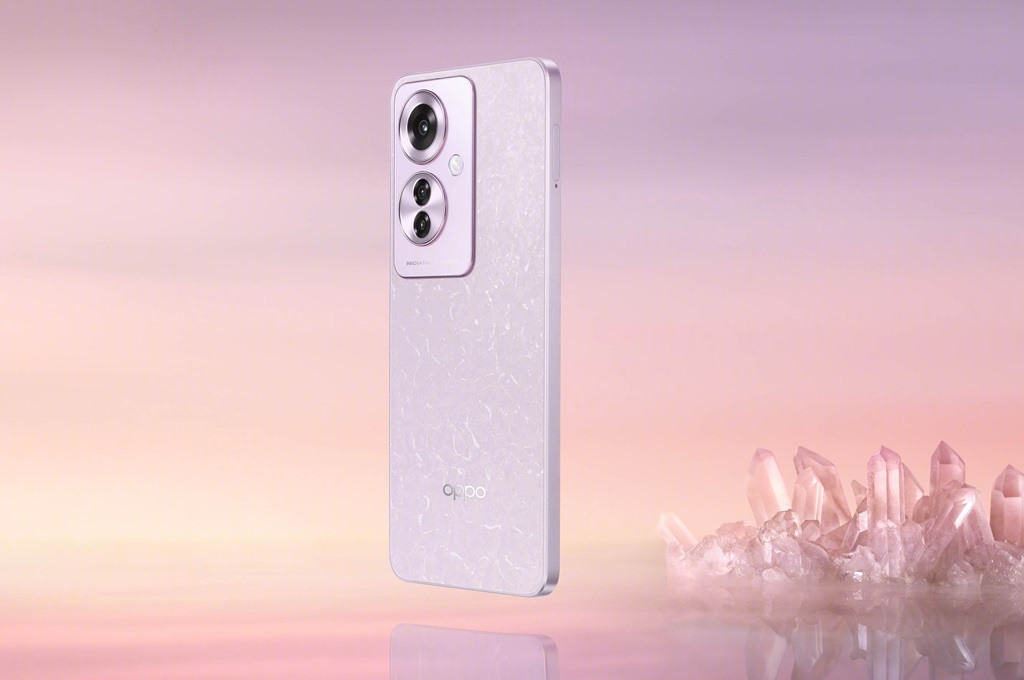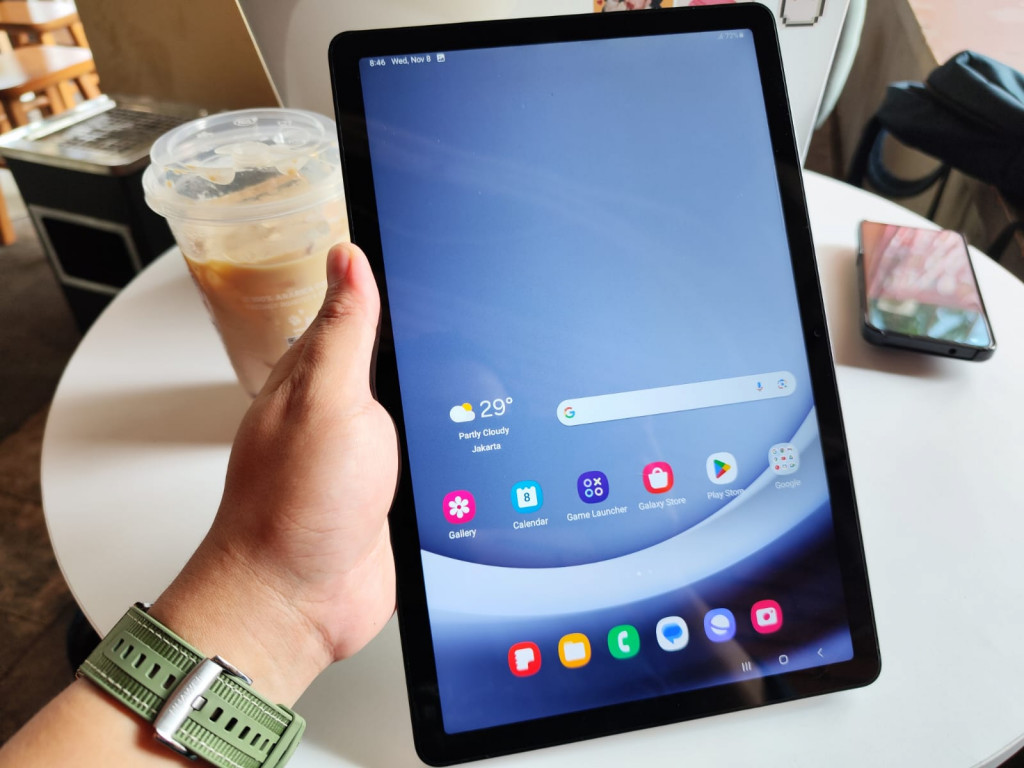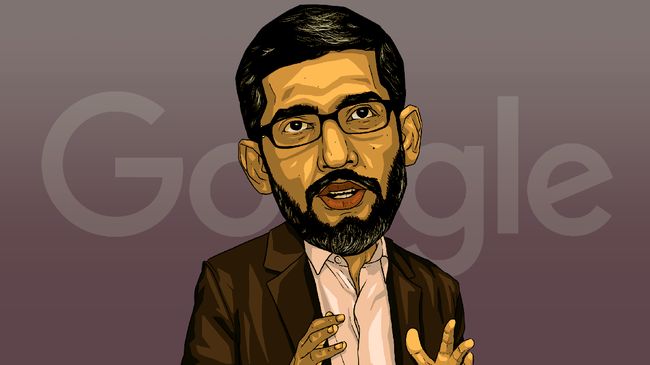Palembang (ANTARA) – A visit to Vietnam cannot be dissociated from an important figure in this country, Ho Chi Minh. Even though he died in 1969, his footsteps as the father of the Vietnamese nation are visible to this day.
ANTARA, who traveled to Hanoi to cover the SEA Games Vietnam 2021 from May 10 to 24, saw how Ho Chi Minh was so honored by his nation.
Of all the Vietnamese currency (VND), only Uncle Ho’s face is painted, another nickname for Ho Chi Minh, at every sports venue and government building still displays pictures in his trademark style.
The mid-length photo dressed in typical white Vietnamese male clothes with a smiling pose depicts this man from a learned family in such a simple way.
No wonder Ho Chi Minh is known as the humble and charismatic father of the Vietnamese nation, admired by his opponents and friends.
One thing the Vietnamese people remember most about this character who often goes in and out of political prisons is when he read the text of the proclamation of Vietnam’s independence in front of thousands of people who filled the Ba Dinh Square in Hanoi on September 2. , 1945, just two weeks after the proclamation of the independence of the Republic of Indonesia.
Thanks to his hard work to liberate the Vietnamese people from the colonialism and imperialism of France and the United States, he has been hailed as a great hero by the country in northern Southeast Asia.
His followers built a magnificent tomb in Ba Dinh Square which later became the Ho Chi Minh Museum, to rest Ho Chi Minh’s body which had been embalmed by a team of Soviet experts.
In this way, the original form of the Vietnamese leader can still be seen by the successors of the communist socialist state. The hope is that future generations will imitate life and put Uncle Ho’s teachings into practice to continue this nation’s struggle.
ANTARA discovered a rather amazing fact from the Ho Chi Minh Museum that almost 99% of Hanoi people have visited this place.
This was confirmed by Nurlaela, an Indonesian citizen who does business in the Ba Dinh region.
“If you’ve never been there, it’s a shame for the people here,” Nurlaela, owner of Indonesian restaurant “Batavia” in Hanoi, told ANTARA on Saturday (5/14).
Not only Vietnamese citizens, the Ho Chi Minh Museum, located in the elite district of Ba Dinh, is the main destination for tourists.
During the holidays, the queue of visitors stretches for a kilometer to bring this neighborhood to life, from culinary delights to souvenir trading.
According to Nguyen Bao, a high school student in Hanoi, lessons on the life course of Ho Chi Minh are compulsory subjects in school.
“Not only that, we were also listening to Ho Chi Minh’s struggle speeches. Starting from his family tree, to the political organization he joined,” Nguyen said.
then… be Bung Karno’s best friend
Soekarno’s best friend
According to various historical records, the first President of the Republic of Indonesia Soekarno was found to have a close relationship with Ho Chi Minh.
Both of them can be said to be like-minded friends from other countries because they share the vision and mission to destroy colonialism and imperialism on earth. The difference is that Indonesia was colonized by the Dutch, while Vietnam was colonized by France.
Relations between Indonesia and North Vietnam were quite close at that time, as was Ho Chi Minh’s friendship with Soekarno.
According to the book “Soekarno and Ho Chi Minh” published by Kompas in 2018, Ho has a strong commitment to the fight against colonialism and imperialism, not only in his country but also in other countries in South Asia. South East.
On November 19, 1945, he wrote to President Soekarno. The letter was received by Vice President Mohammad Hatta and forwarded to Prime Minister Sjahrir.
In the letter, Ho called on the leaders of Indonesia’s independence struggle to work hand in hand to expel colonialism and imperialism in Southeast Asia, from Vietnam, Burma to India. Indonesia.
Ho also built solidarity between colonized countries such as India, Burma, Indonesia and Malaysia. This idea parallels Soekarno’s idea at the 1955 Afro-Asian Conference in Bandung.
The Vietnam-Indonesia closeness was manifested when the southern part of the country was invaded by the United States.
President Soekarno then ordered the formation of the South Vietnam Liberation Committee by opening a representative office in Jakarta. In addition to providing facility assistance, Indonesia also provides financial assistance.
Then Indonesia also lobbied the world and campaigned for the establishment of an anti-American invasion in South Vietnam internationally.
On March 4, 1959, at Soekarno’s suggestion, Ho Chi Minh received his doctorate honoris causa from Padjadjaran University in Bandung.
Ho Chi Minh’s arrival in Bandung also coincided with the inauguration of the name Bandung Institute of Technology (ITB) which was originally called the University of Indonesia Bandung on February 27, 1959. In addition to Bandung , Ho also visited Jakarta until March 8, 1959. .
Through the scattered photos, Uncle Ho seems warmly welcomed by Soekarno and the Indonesian people. One of the memorable photos is when Ho danced with Indonesian women.
The closeness of the two Asian leaders was again evident because only three months after Ho Chi Minh’s arrival in Jakarta, Soekarno made another visit to Hanoi from June 24 to 29, 1959.
Their meeting at that time marked the beginning of bilateral relations between Indonesia and Vietnam which have been maintained until now.
In fact, at the end of 1965, when Sukarno’s power was on the brink, Indonesia still had time to hold the International Conference against Foreign Military Bases, one of which dealt with the aggression of States United against Vietnam.
Such is the close relationship between two of Southeast Asia’s most memorable leaders that has many similarities.
Bung Karno was imprisoned in Sukamiskin, exiled in Ende and exiled in Bengkulu, just like Uncle Ho, who was arrested and imprisoned by the British government for two years.
Bung Karno was a publisher, as was Uncle Ho. The time is also relatively close, as these countries both used the atomic bombings of Hiroshima and Nagasaki on August 6, 1945 and August 9, 1945 as a pendulum for a change. Politics.
Ho Chi Minh and Soekarno did not see firsthand that the US military was expelled by Vietcong guerrillas in 1975. Ho died in 1969, followed a year later by the death of President Soekarno.
The difference is in Indonesia. Unlike Ho Chi Minh, who after his death was fondly remembered by his people, Soekarno was remembered in the grim New Order version of historical records.

“Zombie geek. Beer trailblazer. Avid bacon advocate. Extreme introvert. Unapologetic food evangelist. Internet lover. Twitter nerd.”






